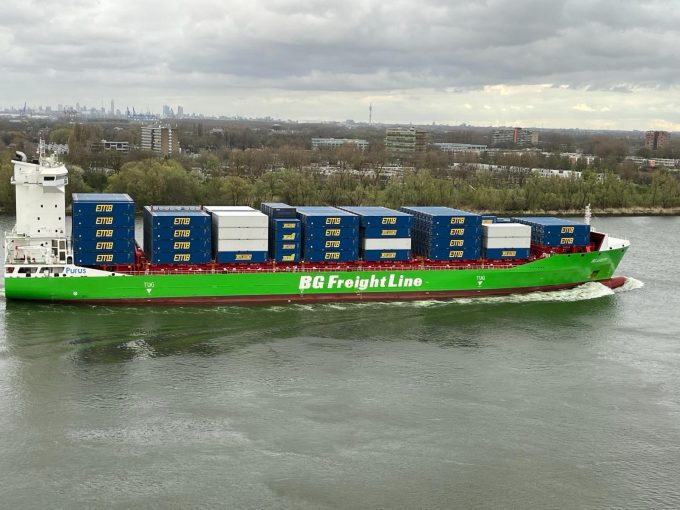Neoline blows in as 'a different type of shipowner and operator'
It is becoming possible for some ships to save a portion of their emissions by ...

Four new BG Freight Line feeder vessels will be able to burn biomethanol fuel, in addition to using an early form of onboard carbon capture.
The four 1,380 teu feeder vessels, built at Penglai Jinglu shipyard in China, feature a 12.5-MW scrubber, designed to filter particulate ...
Keep our news independent, by supporting The Loadstar
Red Sea crisis has driven most new capacity into extended Asia-Europe trades
Explosions and 'out-of-control' fire reported on Wan Hai box ship
Carrier price hikes hold, driving spot rates higher as space gets scarcer
Crew forced to abandon ship in latest fire on vessel carrying EVs
The Loadstar Podcast | Transport Logistic and Air Cargo Europe 2025
Asia-West Africa ULCV deployment opens new markets for carriers
Turkish Airlines falls foul of air safety regulations, claims India's aviation authority

Comment on this article